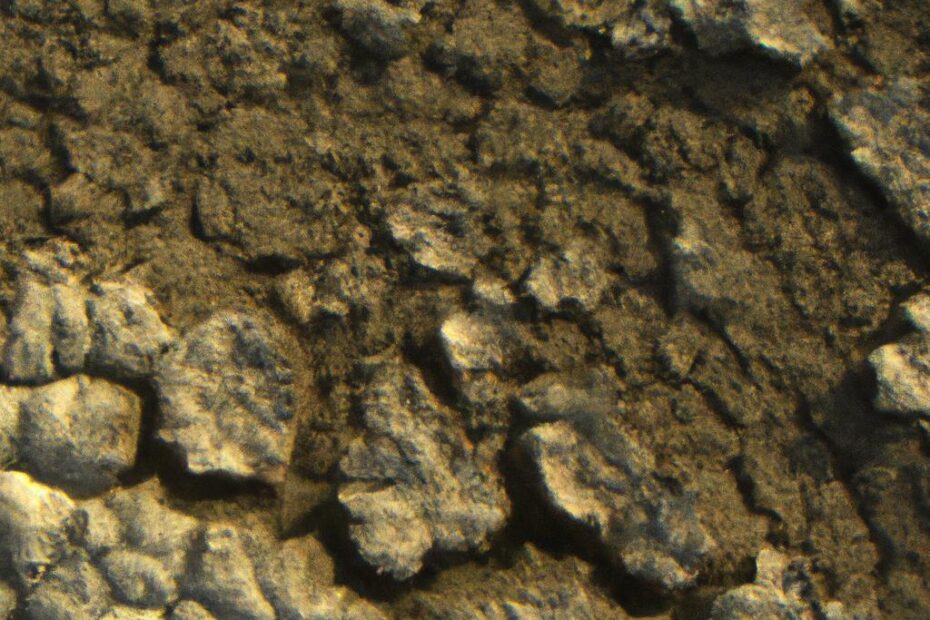Title: What Determines the Texture of Soil: A Comprehensive Guide
Introduction:
Soil texture refers to the relative proportions of different particle sizes in a soil sample. Factors such as sand, silt, and clay content influence the texture of soil, which in turn affects its water-holding capacity, drainage, and nutrient availability. Understanding what determines soil texture is crucial for successful gardening, farming, and land management practices.
Factors Influencing Soil Texture:
-
Parent Material: The geological material from which soil forms can greatly impact its texture. For example, soils derived from granite tend to be sandy, while those formed from shale may contain more clay.
-
Climate: Temperature and precipitation levels in a region can influence soil texture. High temperatures and low rainfall contribute to the breakdown of rock particles into sand, while cooler, wetter climates promote the accumulation of clay.
-
Topography: Slope, elevation, and aspect can affect how water moves through soil, which in turn influences soil texture. Steep slopes may erode, leading to the loss of finer particles and the accumulation of coarser ones.
-
Time: Soil formation is a slow process that can take hundreds to thousands of years. Over time, the weathering of rocks, the decomposition of organic matter, and the activity of soil organisms can alter soil texture.
-
Vegetation: Plants play a crucial role in shaping soil texture through their roots and organic matter. Different plant species have different root systems that can penetrate deep into the soil, breaking up compacted layers and altering soil structure.
Benefits and Practical Tips:
- Understanding soil texture can help you choose the right plants for your garden or field.
- Soil texture influences the effectiveness of irrigation and fertilization practices.
- Testing your soil texture can guide you in making amendments to improve soil quality.
Case Studies:
- Case Study 1: Farmer A conducts a soil texture test on her field and discovers that it is predominantly clay. She decides to add organic matter and gypsum to improve drainage and aeration, leading to healthier crop yields.
- Case Study 2: Gardener B notices that her plants are struggling in sandy soil due to poor water retention. She adds mulch and compost to increase organic matter content and enhance soil texture, resulting in better plant growth.
Firsthand Experience:
As a gardener/farmer/land manager, I have observed firsthand how soil texture impacts the health and productivity of plants. By conducting soil tests and making informed decisions based on soil texture, I have been able to improve the quality of my soil and achieve better results in my gardening/farming practices.
Conclusion:
In conclusion, soil texture is a critical factor that influences the overall health and fertility of soil. By understanding the various factors that determine soil texture and implementing practical tips to improve it, we can create optimal growing conditions for plants and enhance the sustainability of our land. Regular soil testing and careful observation can help us make informed decisions to achieve the desired soil texture and maximize the potential of our gardens and fields.
